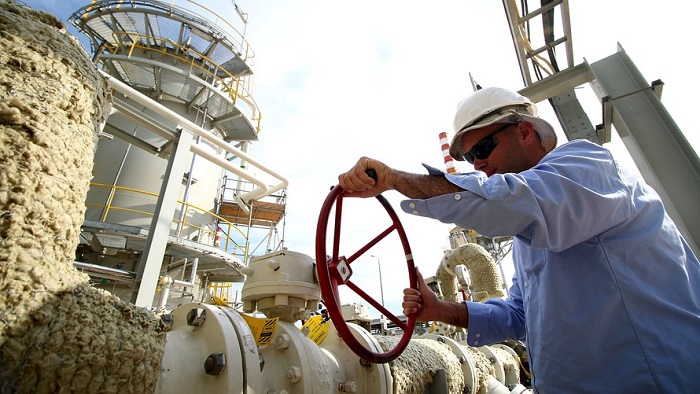Since the announcement, Brent LCOZ6, +0.39% and West Texas Intermediate CLZ6, +0.63% oil futures have climbed by more than 10%.
But if OPEC is to “stabilize or cut production, certain issues must be resolved within the organization,” said James Williams, energy economist at WTRG Economics.
He highlighted five key things that members will have to do in order for OPEC to reach a deal by its next official meeting scheduled for Nov. 30:
1) Establish an overall quota for OPEC
Total output for all OPEC members will be “influenced” by participation from non-OPEC Russia. Russian’s Energy Minister Alexander Novak has said that his country’s production will be dependent on the level OPEC sets for itself.
“At this poker game, Russia is saying show me your cards and I will tell you what I am willing to bet,” said Williams.
2) Agree on a source of production data
Williams said that years ago, OPEC started reporting its production in two different ways: self-reporting by members and the use secondary source estimates of member output.
Of course, “it is in the economic interest of member countries to overstate their production prior to an agreement and understate it after they have a quota,” he said. That said, “most OPEC decisions appear to depend on the secondary or outsider information.”
At the November meeting, members may agree to use the estimate of an outside organization rather than the current secondary sources, which include the International Energy Agency and Energy Information Administration and several independent companies, said Williams.
“It is a real issue, but not a deal killer,” he said.
3) Assign a quota to each of the members
Williams pointed out that it’s been a nearly a decade since OPEC published member production quotas.
Once OPEC determines an overall output figure, it will must assign individual quotas in which the “share is roughly equal to the member’s share of current production,” he said.
Libya and Nigeria will likely be “exempt” from quotas or assigned a “quota commensurate with their highest production in the last two to three years,” because their production is far below their potential due to “internal strife,” said Williams.
Iran, meanwhile, wants a quota of at least 4 million barrels a day to bring it back up to its pre-sanction levels. “This will likely happen,” said Williams.
He also noted that Iraq wasn`t assigned a member quota in the past because of the impact of the Gulf wars and sanctions on its output.
The country, which estimates its production at 4.7 million barrels a day, wants to be exempted from quotas because of its battle with ISIS, though Williams suggests that Iraq’s request may be “may just be a negotiation strategy to get a higher quota.”
“We expect they will be required to participate in the quota system,” Williams said.
4) Determine a method to adjust quotas based on output of Libya and Nigeria
If Libya and Nigeria end up resolving their internal issues, production could rise 1.5 million to 2 million barrels a day, according to Williams.
“If just another million barrels per day was added by these two countries, then other OPEC [members] would need to cut production by a similar volume,” he said. “The most straight forward method is to adjust the quotas downward proportionately to match the volume of Nigerian and Libyan gains.”
Saudi Arabia has been known to play the part of that “swing producer,” he said. It may be willing to do it again, “but we think the probability is low.”
5) Factor in the production cut’s price impact on U.S. shale production
The final issue in OPEC “to do list” is one that may be the most difficult, said Williams.
“U.S. shale production should continue to decline through the first quarter of 2017, but could recover faster than anticipated with higher prices,” he said.
At $55 to $60 a barrel, U.S. production “would stabilize and eventually see slow growth,” he said. “If OPEC lets the price rise to $80, then it would face annual production additions from the U.S. close to a million [barrels a day],” he said.
So given all of the issues OPEC has to deal, “the rest of October and November will be a busy time for OPEC and outcome is not certain,” he said.
And even if members reach a deal to cut production, the move would also increase spare capacity, which reduces the risk from supply disruptions, he said. “That should dampen the price impact of an OPEC cut.”
More about:
















































